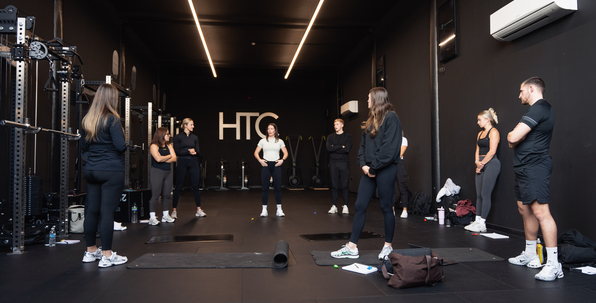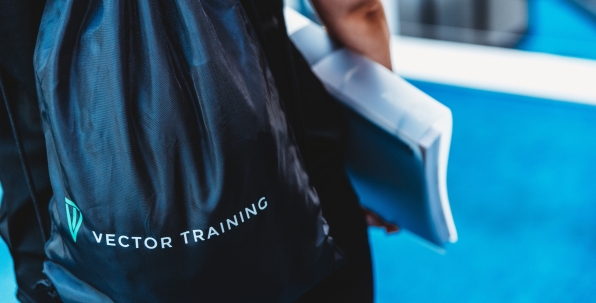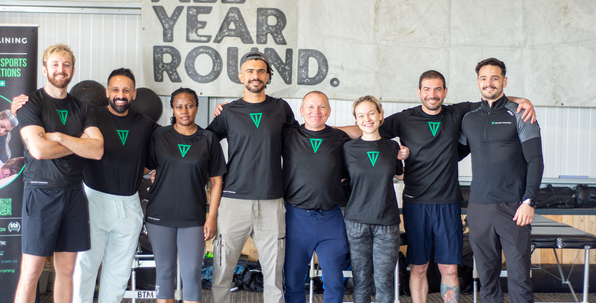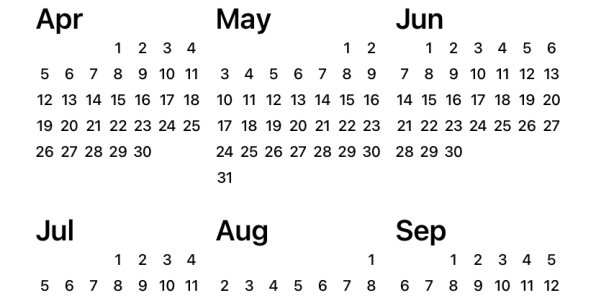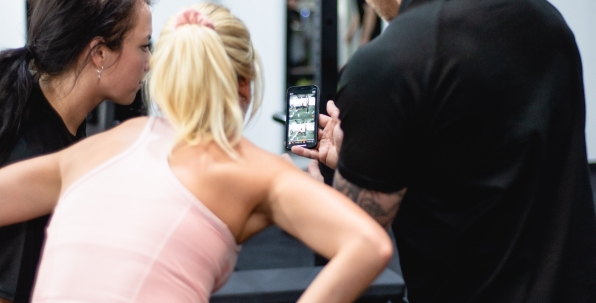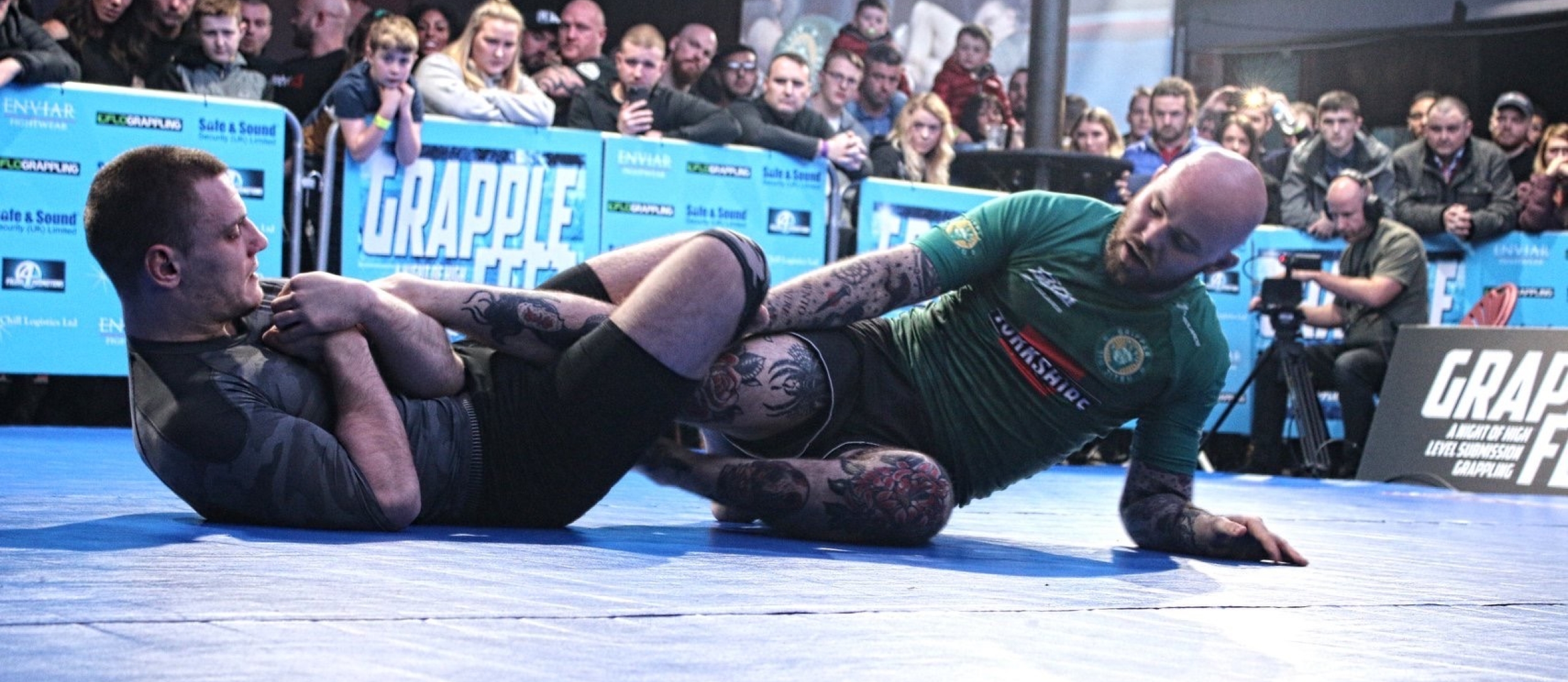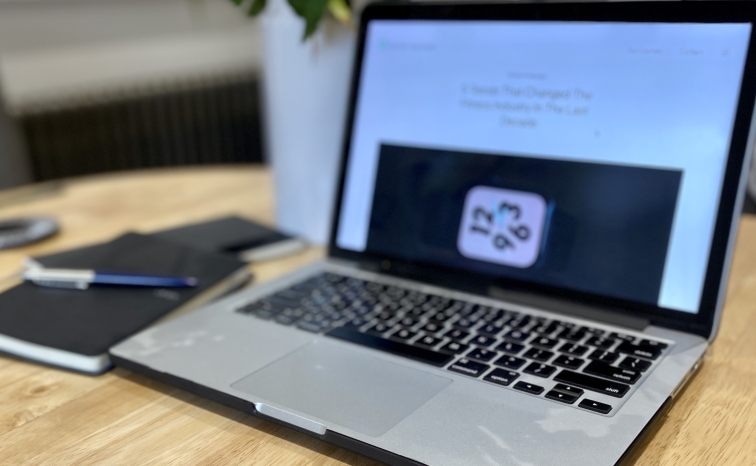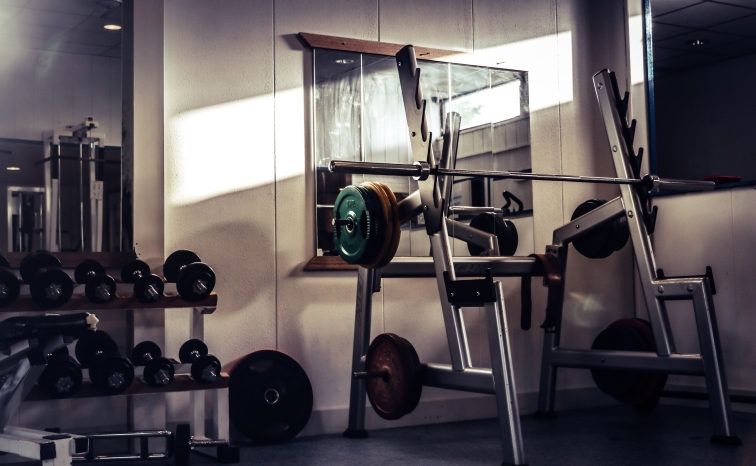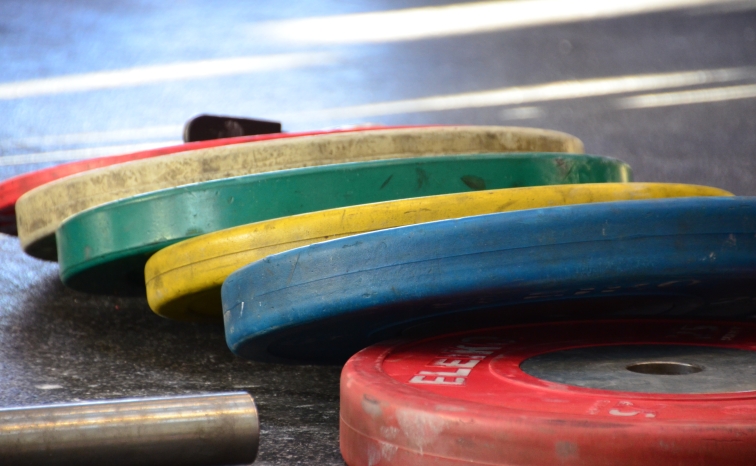Feature Blog
We've teamed up with Andrew Hardwick of Brotherhood Health & Performance to outline how those involved in combat sports can stay mat ready during the lockdown.
Stay mat ready from home - work capacity
So the time has come, gyms across the world are shutting due to the outbreak of Coronavirus. Individuals are currently sat at home twiddling their thumbs, wondering how they will get their next exercise induced endorphin hit. Even the hard-headed individuals of the combat world who thrive on the ability to train through pain, injury and illness are stuck at home rolling out yoga mats so they can practise the moves a New Zealander is showing them on their tele. Every trainer/coach and his dog is scrambling to find alternative workouts to aid people in staying on track during this hiatus.
Rather than simply provide you with home workouts I also wanted to give a little rational into the things you can focus on if you find yourself self-isolating during this time.
The overlying theme of any home workout for myself is always going to be prioritised by these factors:
1. Minimise the detraining effect
2. Reduce acute risk of injury on return to play
3. Control what we can and improve trainable qualities
Detraining
“Detraining is defined as the partial or complete loss of training-induced adaptations in response to cessation of training or a substantial decrease in training load.”
When we consider most individuals in the world of combat sports the majority will have a pretty significant training schedule. Most combat sports are what we can consider to be high volume activities, by this I mean an individual will work through a large volume of repetitions of similar movement patterns on any given week. When you begin in these sports your capacity to consistently train and recovery may be limited, however as time goes on and your session frequency increases, this will improve as your bodies capacity to handle training stressors.
During this current hiatus those individuals who lack access to home mats and/or gym equipment over time may start to experience a detraining effect as their total weekly training volume reduces. From this we will see a decrease in total readiness to participate and on the return to play when this is blows over people will resume their previous training schedules, however by this point (because god knows how long this is going to last) their previous training schedules are now massive acute increase in training load and as research suggests these surges, without the physical capacity to handle them are pretty solid indicators of future injury.
So, what does this mean? Generally speaking when we are looking at performance based training for combat sports we would try and keep the volume of supplementary work minimal and focus on overall intensity as to not keep piling work load on the body that it cannot recover from (this will always differ for the individual but were not here for that discussion today). However, most of you will not be partaking in any sparring or heavy drilling for the next X amount of time. This therefore gives us a great opportunity to use higher levels of volume to supplement the lack of sport specific work.
With this in mind there are two main qualities I have been focusing on when programming for my athletes/clients as they're stuck at home!
1. General Work Capacity
2. Aerobic Capacity
Both these factors require minimal equipment, are easy to do in small spaces and allow us to maintain a general level of physical preparedness.
Work capacity and aerobic capacity
Work capacity training usually comes in the form of circuits as we don’t need to use significant loads and can monitor progression through total rounds completed, however rather than focusing on bashing out as many repetitions over a certain period of time, we want to focus on maintaining solid movements and steadily increasing the volume over time so that on the eventual return to play not only have we maintained our readiness to participate but in some cases may have actually improved it.
Exercise selection remains similar to that of a strength session, if you have spent the past three months building up a hinge pattern then it wouldn’t be wise to let all that work go to waste, so we want to stick to similar movement patterns as much as possible. Here is a basic guide to planning a work capacity circuit:

From here we can monitor volume progressions week to week. For example, an intermediate starting with 4 total rounds will compete 200 total reps and as the weeks progress and they gradually increase the volume to 6 rounds will be able to complete 300 reps. With it being so simple to monitor the overall volume of the session it also makes monitoring your responses to the session much easier in terms of adjusting based on recovery.
A secondary benefit of using rounds rather than time as a monitor of output is when we put a time restriction on each exercise, the temptation for individuals to go all out for the first few and then as heart rate spikes and fatigue kicks in their quality of movement will decrease. Therefore by focusing on maintaining a steady pace throughout the session we can utilise the slight increase in heart rate to facilitate an aerobic response, if you have a heart rate monitor I strongly recommend you use it during these sessions, maintaining a steady heart rate (50-70% MaxHR) we ensure we are constantly in the correct zone to challenge the aerobic system. Furthermore, improving the utilisation of oxygen in working tissues and also benefitting recoverability on the return to sport.
Overall these circuits should aid you in the battle to maintain a decent level of physical preparedness, improve your overall work capacity on the mats and minimise any acute injury risks on return to play all from the comfort of your own home. They are not the only way of doing things, there are plenty of other activities you can focus on, for example using this time to rehab injuries, improve mobility, you may even wish you to use this time to completely switch off from your chosen sport and focus on other areas such as family and friends who if you are anything like me pretty much ignore for the majority of the time in the pursuit of cheap plastic medals.
About the author
Andrew Hardwick
Personal Trainer/Strength & Conditioning Coach
BJJ Purple Belt
www.brotherhoodhealthperformance.com
brotherhood_health_performance
Brotherhood Health & Performance
Andrew delivers guest seminars to Vector Training students on our Personal Training Courses across the North West, specialising in periodisation, strength training and combat sports.

